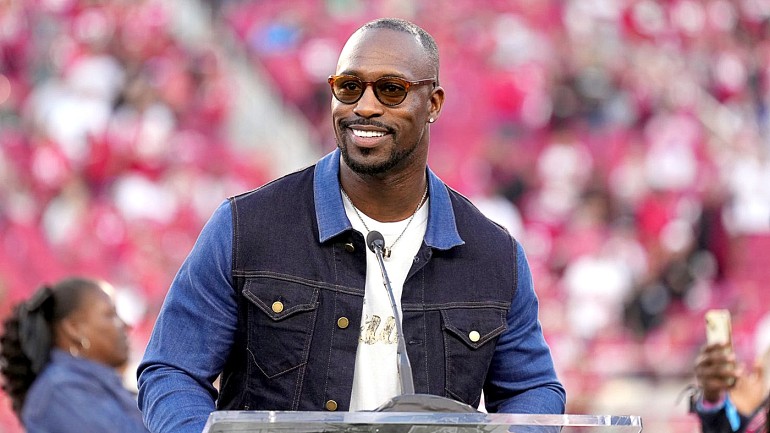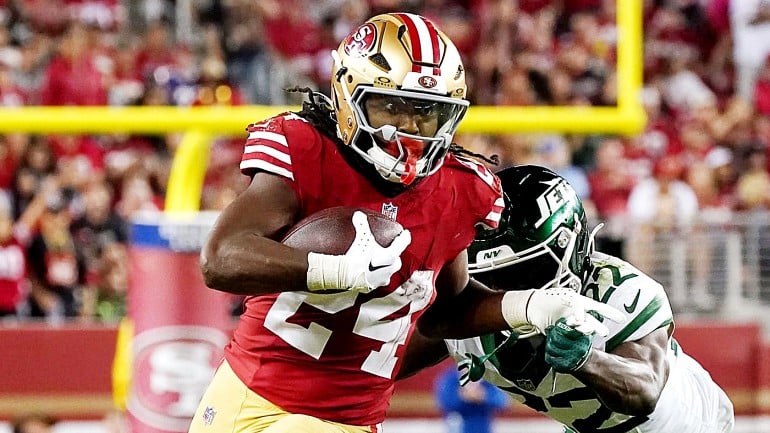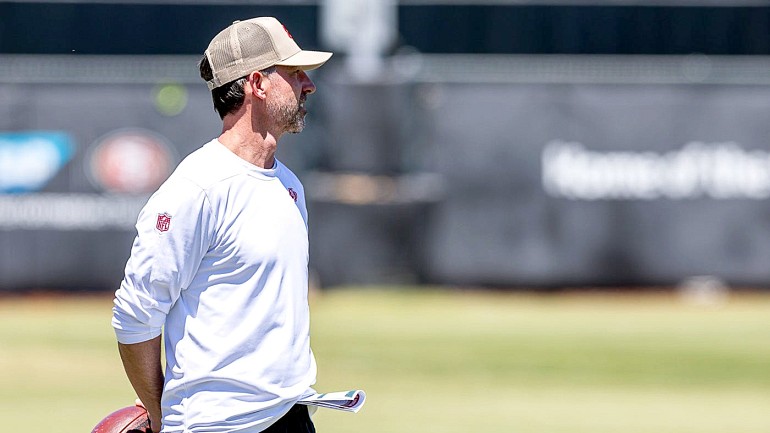The 49ers picked up Tevin Coleman this week, adding a skilled running back who understands and has played in the Shanahan offensive scheme. However, the team already had a number of viable backs on the roster, making the move somewhat puzzling. Aside from Kyle Juszczyk, their lone fullback, Matt Breida, Raheem Mostert and Jeff Wilson carried the ball effectively, with Jerick McKinnon, the anticipated starter in 2018, on IR after tearing his ACL on September 1. Historically, the team has carried three active tailbacks on the game day roster, which would mean that at least one healthy, startable back (taking Wilson out of the equation) would not suit up.
This might not actually be the team's thinking, however, particularly given their lack of proven wide receiver talent. Bear with me as I head down the rabbit hole.
The 49ers have three backs that are somewhat traditional tailbacks – Breida, Mostert, and Wilson. By this, I mean that their primary skill is taking a handoff or pitch from the quarterback and running the ball. All three are serviceable receivers, but none is especially skilled in that area. McKinnon and Coleman, though, are extremely capable receivers, and both have spent significant time split out, mostly as a quasi-slot player but sometimes even wide in the X or Z position. This creates flexibility for the offense and a serious challenge for the defense. Maybe, just maybe, Kyle Shanahan is considering making this more than just a wrinkle in the offensive scheme for 2019.
If the 49ers were to have one true receiver (say Dante Pettis), one tight end (George Kittle), and a fullback (Juszczyk) and two tailbacks (Coleman and McKinnon), the defense would not know what to do. If they sent a heavy lineup onto the field, designed to stop the run, either or both tailbacks could split out and force a linebacker into one-on-one coverage, which favors the offense. If the defense played nickel or dime, bringing defensive backs onto the field for linebackers, the 49ers could pound the ball with either back, with the other back able to block more effectively than a receiver would against the smaller defenders.
In obvious running situations, Breida or Coleman could line up at tailback. This would keep the backs fresh throughout the game, and would make it almost impossible for defensive coordinators to adequately prepare for the 49ers' multiple offensive schemes. The offense could dictate the tempo and type of game, forcing the defense to constantly react to what they were doing.
This might sound farfetched, but the NFL is all about staying ahead of the competition, controlling the game, making the other team scramble and get out of its comfort zone. If the 49ers were to utilize this hybrid, almost positionless type of offense, they would do exactly that.
-
Written by:Matt Mani is a lifelong Bay Area resident, having benefitted from attending every Niner home game from 1973 to 1998. Along the way, he developed a deep love of the game and for the team. He is a practicing attorney in Marin County and, aside from pulling hard for the Niners, Warriors and GIants, writes in his spare time. He is father to three sons who all bleed red and gold. He somehow convinced the editors at 49ers Webzone to give him a chance to prove himself as a content provider, which has fulfilled one of his life's dreams.




